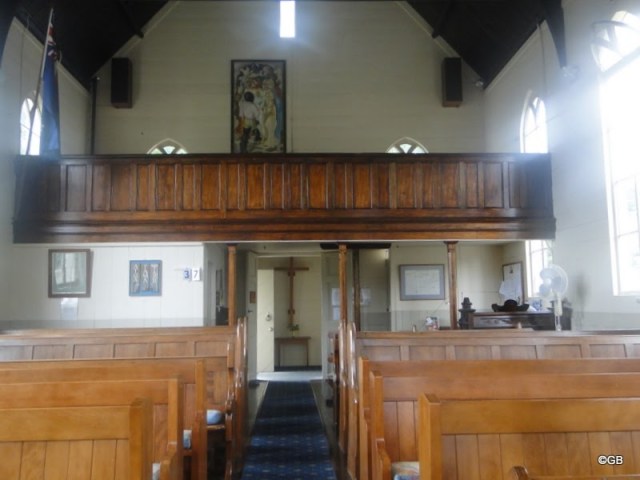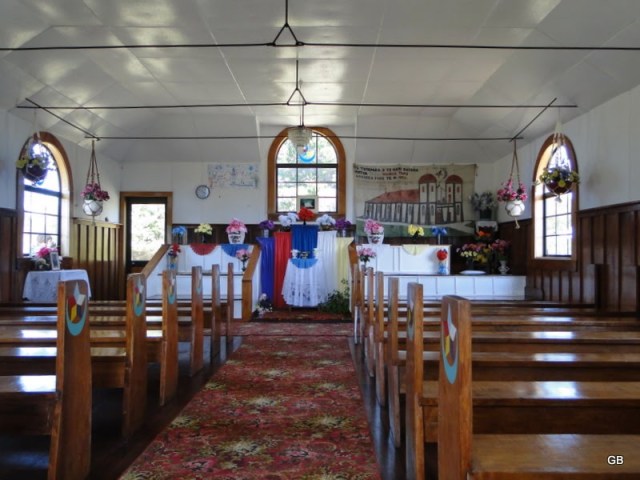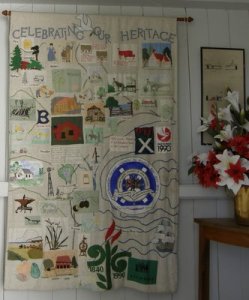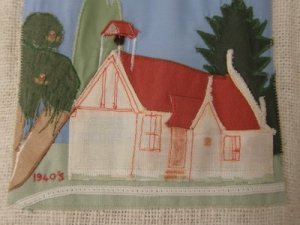One of the items at Waiapu Cathedral of St John the Evangelist that I did not show you was the lectern given in memory of the first Dean. It was the only piece of the furnishing of the Cathedral to survive the Earthquake. It will probably survive long after the present Cathedral has fallen into ruins. After all, a thousand years is a small amount of time for such an article.
Waiapu Cathedral, Napier
11 MarYesterday morning I visited the Anglican Cathedral in Napier. I had not done so before. In fact, apart from attending a funeral I cannot recall being in any church in the City before today. Mind you most churches are locked against vandals these days. Although I didn’t visit it for the purpose of blogging nor, indeed, to take photos I ended up being treated as a tourist and decided to become one.
The present building was started in 1955 to replace a temporary wooden building which was erected in 1932 after the 1886 Cathedral was destroyed by the earthquake whilst communion was being served on 3rd February 1931. That had been the second church on the site.
There is more of interest in the Cathedral but I will reserve these for occasional postings in the future.
The Great Adventure: Day Four: Russell – Christ Church – Part Two
20 FebThe Great Adventure: Day Four: Russell – Christ Church
19 FebThe Great Adventure: Day Two: The Return From The Cape
12 FebThe Church at Matawhero
4 Feb
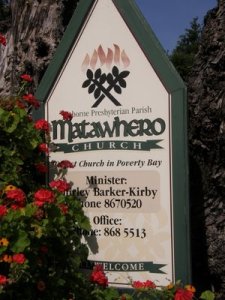
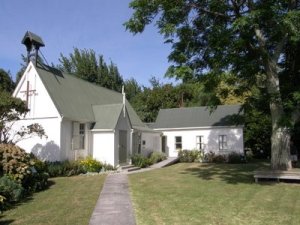

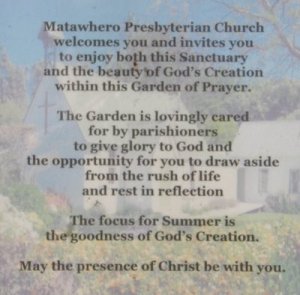 I’ve had a wonderful day sightseeing and you guessed it, playing croquet. This morning Mike and Sandra took me to the historic church at Matawhero (pronounced Marafero). This church was built as a schoolroom in 1865/6 and was used variously as a place of Anglican worship, as a schoolroom, a meeting placeand as a hospital during the Hau Hau engagements in 1868. The militia camped there in March 1870 whilst waing for news of Te Kooti. It was the only building in the immediate vicinity to survive the Povery Bay Massacre by Te Kooti and his band in the early hours of 10th November 1868.
I’ve had a wonderful day sightseeing and you guessed it, playing croquet. This morning Mike and Sandra took me to the historic church at Matawhero (pronounced Marafero). This church was built as a schoolroom in 1865/6 and was used variously as a place of Anglican worship, as a schoolroom, a meeting placeand as a hospital during the Hau Hau engagements in 1868. The militia camped there in March 1870 whilst waing for news of Te Kooti. It was the only building in the immediate vicinity to survive the Povery Bay Massacre by Te Kooti and his band in the early hours of 10th November 1868.
The building passed into the hands of the Presbyterian Church in 1872 when the Rev George Morice visited the area and found people anxious to see a church established and advanced the money for its purchase.



















